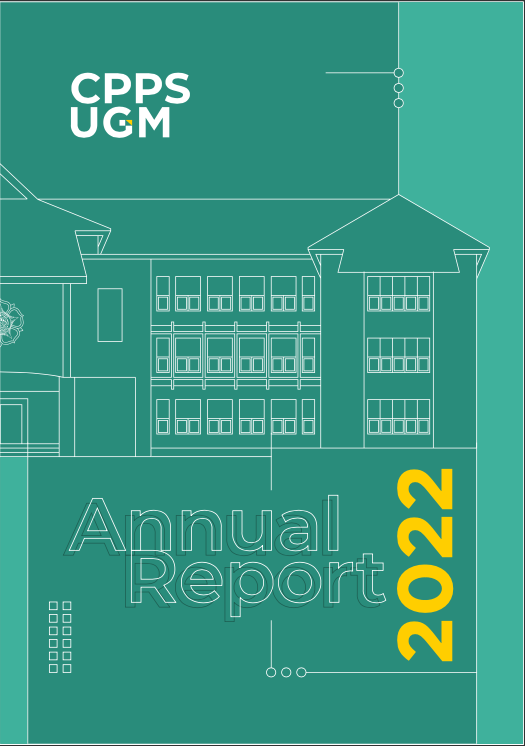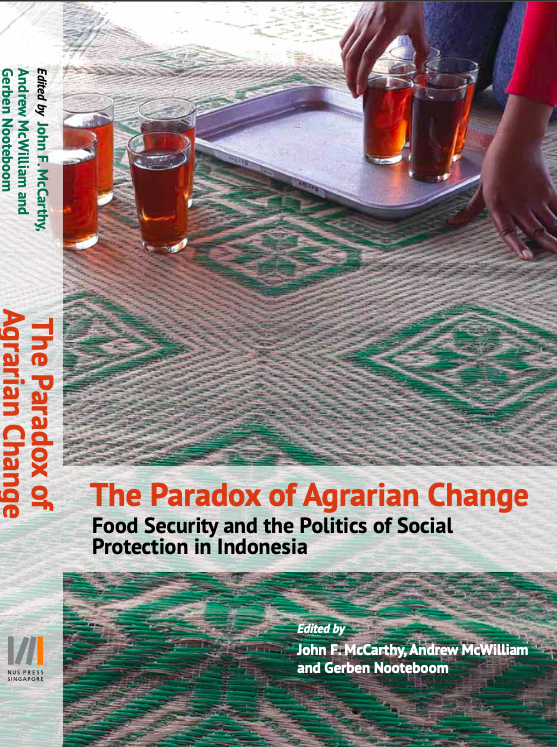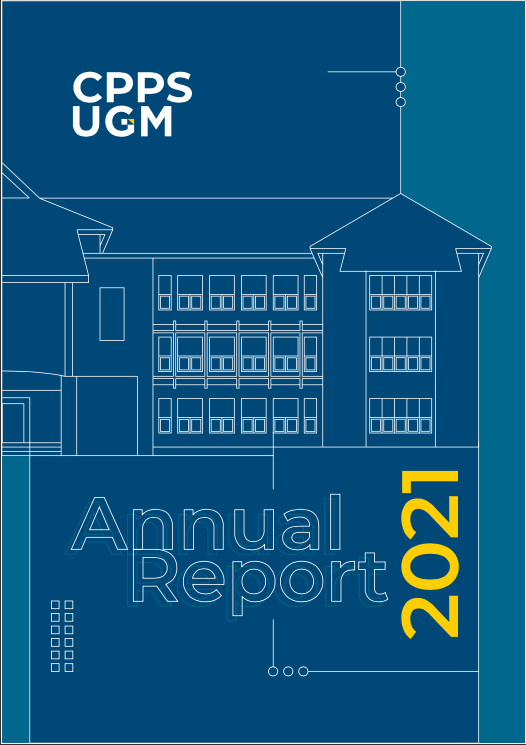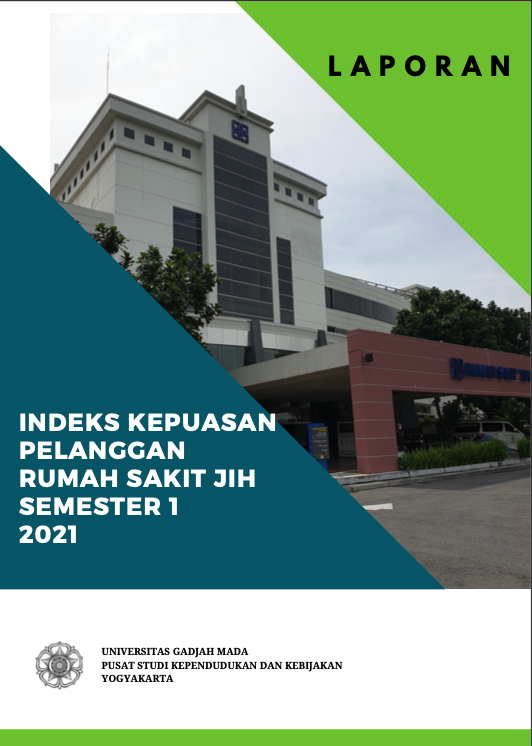Kendala Pelaksanaan Program Transmigrasi
|
The research is focused on two regencies (kabupaten) namely Pasuruan and Jember Regencies. Pasuruan Regency is in the northern area of East Java bordered directly by areas of trade and industrial growth centers "Gerbang Kertosusila". Meanwhile, Jember Regency is located in the southern region, well known for its agricultural and plantation activities. The transmigration implementation constraints are analyzed by comparing characteristics and phenomena taking place among the transmigrant candidates and potential transmigrants. Potential transmigrants are heads of families who live in poverty but have not yet registered themselves as transmigrant candidates. The implementation constraints appear on the object and subject factors of transmigration implementer. From the object factor of transmigration implementer, it can be seen that;
- The proportion of the young in the potential transmigrants is very small, while from the transmigration candidates, there are a considerable number of those above 40 years age. Certainly, this is related with the development success of the area which has already reduced the interest of the population to transmigrate such that to fulfill this target, the selection quality also will be influenced to decline.
- The educational level of the potential transmigrants is lower than that of the transmigrant candidates and the majority of these works as small farmers and farm laborers. But from the aspect of family income, the two are almost the same in terms of low income and poverty. The difference is on their response towards this poverty, where the potential transmigrants are more capable of adjusting their family expenditure rate with the existing income level. It appears that the food and non-food expenditure rate from the potential migrants is lower than that of transmigrant candidates.
- The responsive action by the potential transmigrant is not fully negative in meaning, because the economizing action done is apparently accompanied also by activities of looking for new and better jobs outside the village.
The basic motive from the response form mentioned is related to two things. Firstly, on the height attachment with their area of origin and secondly, on the expectation of obtaining better job opportunities seeing the continuous rapid development taking place in East Java, which is influenced by the decline in the interest to transmigrate.
The sedentary attitude from the culture of the population is still apparent as a constraint because although job mobility for potential migrants is high enough, the majority of them move areas within the regency only. This shows that their attachment to their villages of origin is still high, and this makes them reluctant to move far away from their cultural domain let alone transmigrating to areas outside Java.
The approach which is oriented on national development (development oriented) with the objective of development of the transmigration areas which concurrently also increase the welfare of its population has reached time of implementation. With such an objective, that transmigration dispatch, as much as it is proper, is not concentrated on the agricultural sector activities only. Therefore the non-farm transmigrants will be more received by the local population as complementary in the social economic life in the transmigration areas.
Meanwhile, for the subject factor, it can be seen that the basic constraint is persistently on the weakness in coordination which causes the emergency of an uncertain atmosphere in the population. Besides that, giving information and cauncelling activities done by the non-transmigrant officials is often inaccurate.




